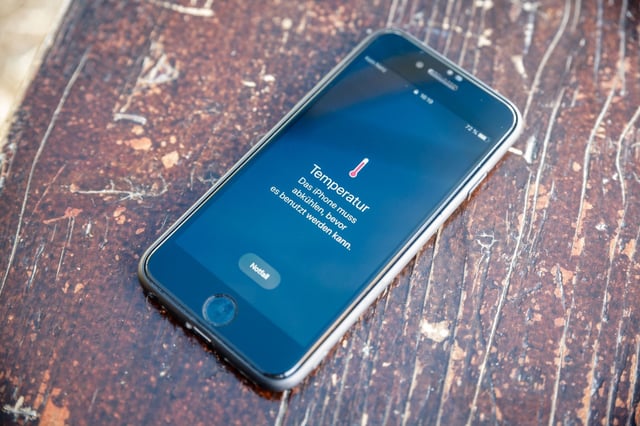Overview
- Temperatures above 30–35 °C can inflict permanent damage on lithium-ion batteries and display modules
- Direct exposure to sunlight and parked car interiors can raise device temperatures to 60–70 °C, risking component failure
- Placing an overheated smartphone in a refrigerator or freezer can cause internal condensation that leads to short circuits and corrosion
- Protective measures include storing phones in shade, removing cases when warm, activating flight mode, and avoiding graphics-intensive apps during heat waves
- Although modern smartphones may auto-shutdown or warn when overheating, users should actively monitor ambient conditions and power down devices early



